Great tips to help dogs and children live in harmony from dog training expert, pet behaviorist, media personality and Pets for Patriots Board member, Andrea Arden.
There are so many benefits to children growing up with dogs as part of the family. Most importantly, they can help children learn about how to develop a friendship based on mutual consideration and respect.
In order for children and dogs to develop a respectful, cooperative, safe, and fun relationship, proper supervision and guidance for both the children and the dog need to be employed.
Of course, dogs can also help children learn a better sense of responsibility and care giving. However, keep in mind that when you get a dog or any other pet, children can and should certainly help care for them, but the primary caregivers are always the adults in the family.
It is unfair to an animal to place their welfare in the hands of a child who is expected to feed, walk, and water them on a consistent basis.
Choose wisely
If you are still in the process of choosing a dog for your family, you have the benefit of being able to choose a dog who has the best possible chance of living harmoniously with children because you can choose a dog who has the appropriate temperament, and you can dedicate the time to instill good manners and sociability from the start.
Too many people run out and get the first dog they see that is cute.
In fact, it seems people spend more time choosing their cars, which ‘live’ in their garage for five or so years, than they do choosing a companion dog who will live in the home and be part of the family for up to 15 years or more.
Making an educated choice is very important to ensure everyone’s safety and happiness.
Some dogs are more or less physically and temperamentally suited to share their lives with children. For example, very small dogs may be more fragile and susceptible to injury due to handling that is unsafe – such as being picked up and potentially dropped.
We all know kids can tire us out and it is no different for pets. Children make erratic movements, loud noises and produce lots of activity. Some dogs are better suited temperamentally to handle the rigors of life with children.
You should look for a dog that is not highly sound sensitive, or highly aroused with fast movements, and a dog that enjoys handling, as children tend to be very tactile with animals. 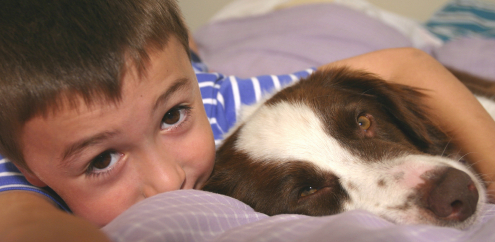
Please note that an all too common myth is that certain breeds of dogs are inherently sure to be good with children. While it is true that some breeds are more likely to do well with kids, there is no guarantee.
Within each breed and mix of breeds there are a variety of temperaments.
When you choose a dog, you should be choosing based on many things, including the breed or mix, size, and most importantly, the individual dog’s temperament. If you can meet one or both of the dog’s parents, their temperaments should also be carefully assessed.
Adult supervision
This does not mean that just because a dog has a lovely, tolerant temperament that children should be permitted to take advantage of that.
Children should always be carefully supervised with all animals, and they should be provided with ongoing guidance in regards to their behavior and what is appropriate.
It is important that your guidance be focused on both dog and child. Both need to do some learning and adjusting and it would be unfair to think it is all up to the dog.
Children should never be allowed to climb on a dog, to take valued objects away from them, to pester them when they are resting, to poke, pull, or otherwise physically harass them, or to reprimand them. Dogs are not toys and children should be expected to treat them with respect.
If you want your dog to feel safe, secure and happy living with children, then you need to set up an environment and house rules that support this.
Guidance for mannerly behavior
In addition to careful supervision at all times, children and dogs should learn to enjoy interactions with each other that are fun for both, with the added benefit of helping to develop manners that go both ways.
Positive reinforcement training is advised for all dogs, and is especially important with dogs that are expected to have safe, happy relationships with children. 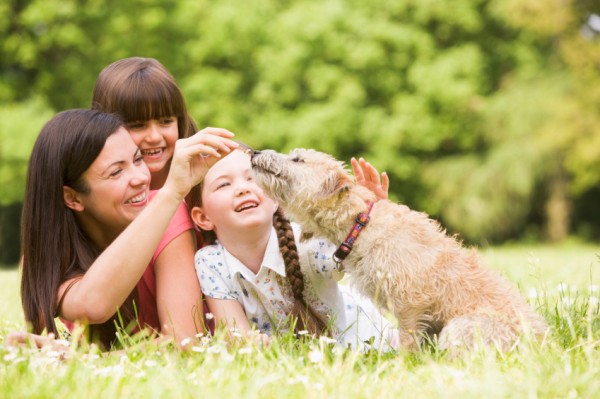
Positive training is so easy that even young, supervised children can take part in the fun.
Imagine a child using a food lure to get their dog to sit, or lie down. Or imagine the family practicing hand targeting together, so that the dog is running between people to touch their nose to each person’s hand and then earning a reward.
These games are about manners, but also about developing a relationship whereby the dog happily and willingly complies with a child’s polite requests to do things. This is a wonderful foundation for a friendship whereby the dog learns that children are safe, kind, fun, and rewarding, and the child learns that it is fun to interact with their dog in a manner that best ensures a healthy relationship.
Create a resting spot for your dog
In addition to adult supervision and positive training, you should provide your dog with a rest area where he can rest without being disturbed by the children.
This safe zone is a place where your dog can rest assured he can get away from it all when quiet time is needed. This can be a room in your home, or a crate.
In either case, be sure to teach your kids that they should not disturb the dog when resting.
New baby
If you are bringing a baby home you can start helping your dog to develop positive feelings about this new, little family member by having the baby resting nearby or in a baby pouch while you play training games with the dog. This way your dog will begin to associate the presence of the baby with good things and mannerly behavior.
Remember, babies look, smell, sound and move differently than us. Your dog may not know what to make of this and needs to learn to become comfortable by association with things he loves.
Additionally, parents are understandably exhausted in the first months a new baby is home and it can be a challenge to find the time to provide the family dog with the attention and exercise she needs. But, this is a must. Lack of either can result in an increase in behavior problems.
Consider enriching your dog’s environment by providing food puzzle toys which can be used to feed your dog so she ‘hunts’ for her food and burns off mental and physical energy.
If necessary, and appropriate for the individual dog’s temperament, employing the assistance of family members and friends to help provide for the care of the family dog should also be considered.
Toddlers
If you have toddlers or preschoolers, consider that this can be the most difficult age group to work with in regards to teaching safe interactions with dogs.
The typical toddler is all over the place, covered in food, and screaming and running. Toddlers tend to be unstable, and may fall on your dog, and most toddlers test boundaries by pulling, poking, and squeezing.
Children at this age often have not yet developed good impulse control or awareness of boundaries.
It is important to make sure that your children do not overstep your dog’s social boundaries, such as putting their face right into the dog’s face. While many people find this charming, many dogs do not. This is tough on even the sweetest dogs.
It is important to teach young children nice ways to interact with and play with dogs such as gentle touching, and offering food to get the dog to sit and lie down.
At this young age your children can sit on your lap and help you hand feed your dog. This will not only help your dog, but this is a great opportunity for your child to practice their developing impulse control and focusing skills.
Each piece of food is like a deposit in the bank for building a loving, respectful relationship.
Youngsters
By the time your children are five-to-eight years old they can start to assist you in the dog’s care in a greater capacity. This is an age where participation in a training class can be especially beneficial as an opportunity for a self-esteem boost as they master more advanced training skills.
Addressing Issues
If your dog is showing signs of concern around children in the family by consistently moving away from the kids, stiffening at their approach, lifting their lips or even growling, you should immediately contact a professional trainer who uses a positive, science-based approach. 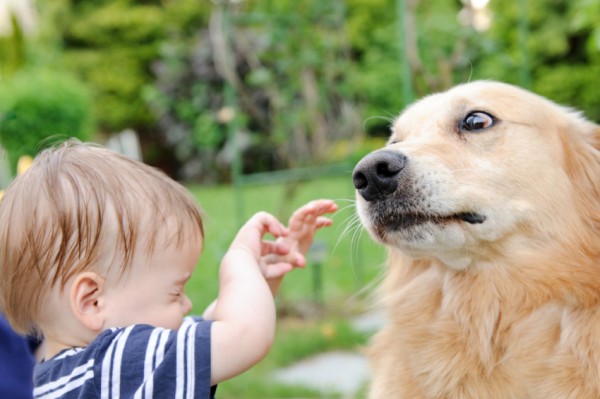
They will advise you to be careful to avoid correcting your dog with verbal or physical reprimands. While this may seem to be an approach that will teach your dog not to aggress, it may in fact escalate the existing issues.
Your dog is expressing stress and concern around the kids, and being punished for this is not only unkind, but may also result in your dog feeling even more stressed, as he or she will associate the children with you punishing them.
As a result, your dog’s aggressive displays may increase in frequency in order to keep the children away and to avoid being punished when they are around.
Instead, your trainer will advise you to employ careful management to prevent incidences, and for you to make a concerted effort to drastically change your dog’s perception of the children by having them become the source of the things your dog wants (for example, food and toys), as well as calm, positive interactions through training.
Have questions about pet training? See all of our articles from Board Member and renowned trainer and behaviorist Andrea Arden.


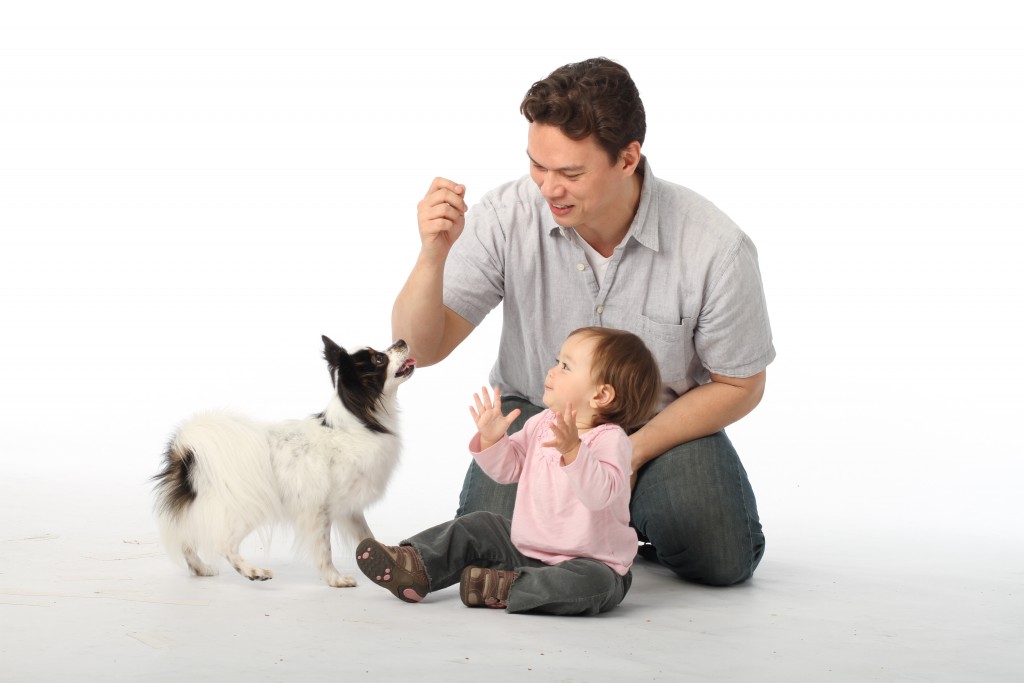


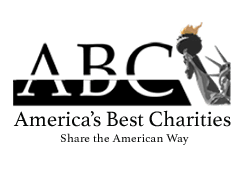
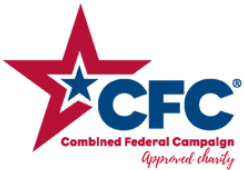

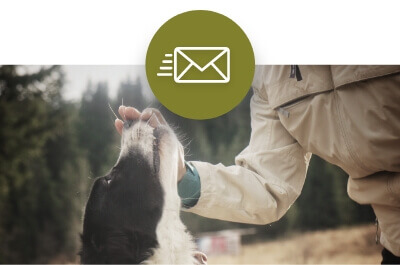



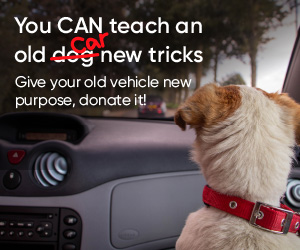
0 Comments